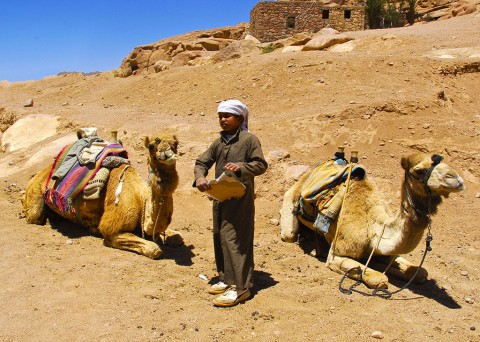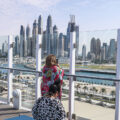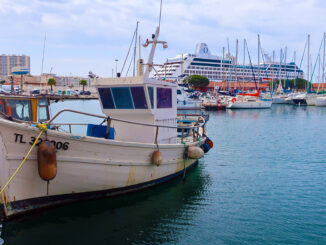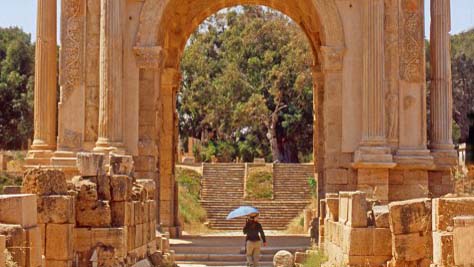
Shadows of mistrust. The legacy of a defiant dictator. Mass destruction after years of horrific civil war. Corruption and warnings about violence and crime.
Libya has one of the most turbulent histories of modern times and the country has been off limits for travel for decades.
But the country also has an extremely rich history and a dynamic culture. And I was one of the few outsiders fortunate enough to visit two decades ago in a fleeting moment when the country opened up after a previous travel advisory.
In the spring of 2006, Silversea’s Silver Cloud paid its first, and what turned out to be only, call to ports on Libya’s ancient North African coast. The dictatorship of Muammar Gaddhafi had ended at it seemed normal international relations might resume. But soon after, a diplomatic flare up between Libya and the United States put the country off the travel map again and cruise lines abruptly cancelled itineraries. To this day, “Avoid all travel to Libya due to the volatile security situation throughout the country, unannounced clashes between rival armed groups, political instability, high risk of terrorist attacks and of arbitrary arrest, and high crime rate,” reads the Government of Canada’s travel advice. The United States has put the country on its list of citizens not amidded to the country.
It’s a stark contract to what I saw on on tours from Silver Cloud, I experienced perpetual smiles, shining eyes and waves of greeting from welcoming and curious Libyans everywhere I went in a hauntingly beautiful landscape filled with little known and arguably the world’s best preserved ancient cities, sites such as Leptis Magna and Cyrenia, along with its exotic modern cities, Tripoli and Benghazi.
From there, excursions to some of the richest ancient sites around the Mediterranean. Leptis Magna where you can walk the ancient streets and visit a two-millennium-old market that still features running water.
Leptis Magna was enlarged and embellished by Septimius Severus, who was born there and later became Roman emperor. It was one of the most beautiful cities of the Roman Empire, with its imposing public monuments, harbour, market-place, storehouses, shops and residential districts.
Cyrene is another UNESCO World Heritage site that was originally one of the principal cities of the Greek world and later a center of the Roman Empire. It features nearly intact structures over centuries, including a Temple of Apollo, the Acropolis, the Agora, the Forum, and the Temple of Zeus.
It seems destined to be a long time before it will be safe and practical ways for visitors by land or sea to tour there. We can only hope that sanity will prevail and Libya will once again join the world.
In the meantime, these photos will give you a taste of the incredible attractions visitors could see in Libya.
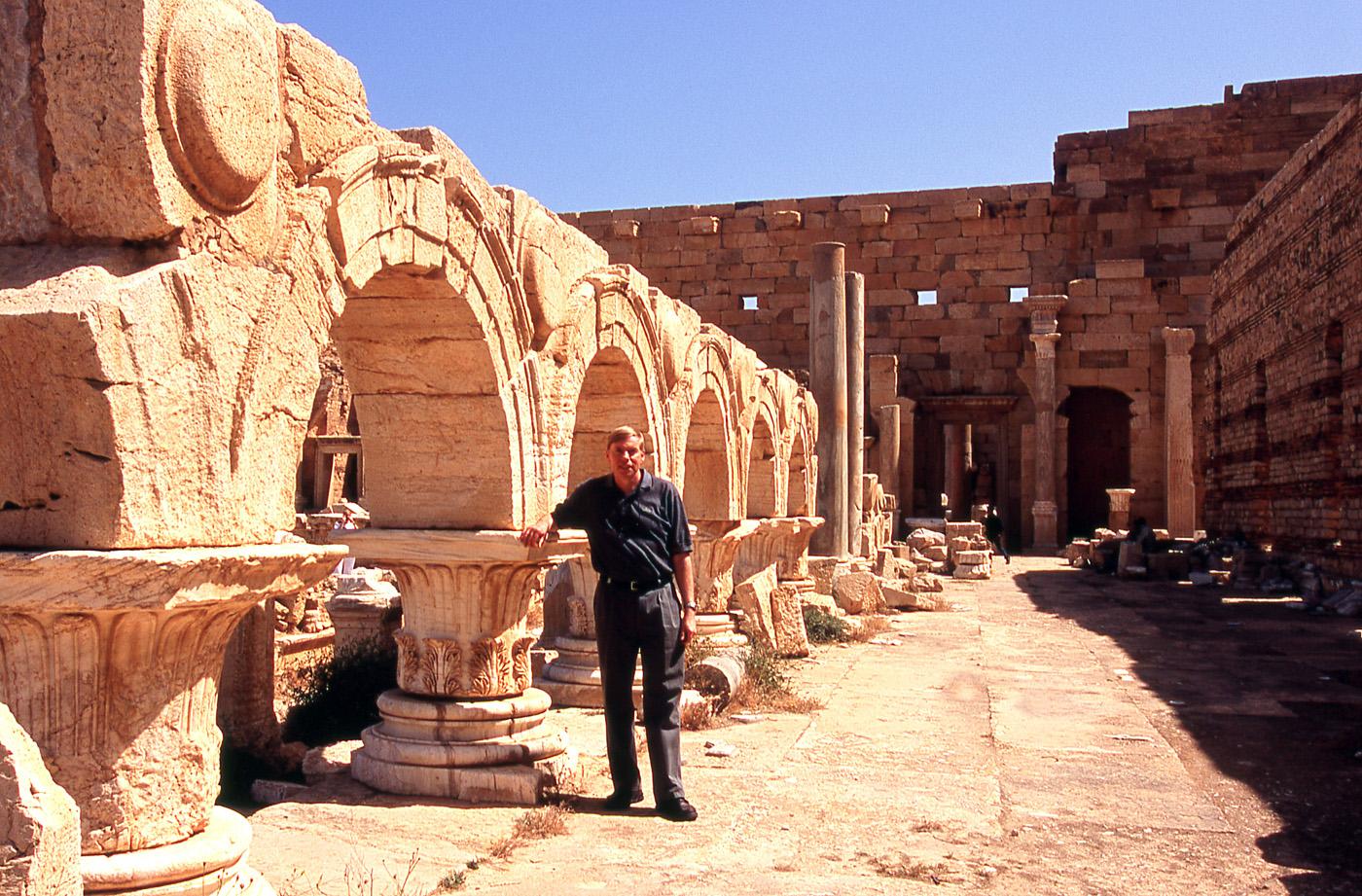

This story has been updated from one that first appeared in The Cruisington Times in 2011, The story by Wallace Immen, The Cruisington Times recalls a visit on Silversea Cruises in 2006

